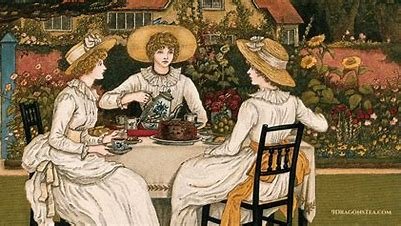The history of tea in British culture is a fascinating journey that spans centuries.

Early Introduction
- Mid-17th Century: Tea was first introduced to England by Portuguese and Dutch traders. It gained popularity quickly, especially in London coffee houses2.
- King Charles II and Queen Catherine: The Portuguese Infanta Catherine de Braganza, the future queen consort of England, played a significant role in popularizing tea among the aristocracy.
Rise in Popularity
- 18th Century: Tea became a staple in British households. The British East India Company monopolized the tea trade, importing large quantities from India and China4.
- Taxation and Smuggling: Heavy taxation on tea led to widespread smuggling. The Commutation Act of 1784 reduced the tax, making tea more affordable and reducing smuggling2.
Social and Cultural Impact
- Afternoon Tea: Introduced in the mid-19th century by Anna, the Duchess of Bedford, afternoon tea became a fashionable social event. It involved tea, sandwiches, scones, and cakes, and was a way to bridge the gap between lunch and dinner3.
- Respectability and Domestic Rituals: Tea became associated with respectability and domestic rituals, supporting the rise of the British Empire and the Industrial Revolution.
Modern Day
- Everyday Drink: Today, tea is an integral part of British culture, enjoyed by people from all walks of life. It is often served with milk and sugar, and accompanied by biscuits, sandwiches, and cakes1.
Tea has not only shaped British social customs but also had significant economic and political implications. It’s a testament to how a simple beverage can become deeply embedded in a nation’s identity.
